Features From the Issue
-
Features
On the Trail of the Mimbres
Archaeologists are tracking the disappearance of a remarkable type of pottery to rewrite the story of a culture’s decline
 (© President and Fellows of Harvard College, Peabody Museum of Archaeology and Ethnology, [24-15-10/94603 + 60740377])
(© President and Fellows of Harvard College, Peabody Museum of Archaeology and Ethnology, [24-15-10/94603 + 60740377]) -
Features
Haunt of the Resurrection Men
A forgotten graveyard, the dawn of modern medicine, and the hard life in 19th-century London
 (Private Collection/The Bridgeman Art Library)
(Private Collection/The Bridgeman Art Library) -
Features
The Kings of Kent
The surprising discovery of an Anglo-Saxon feasting hall in the village of Lyminge is offering a new view of the lives of these pagan kings
 (Photo by William Laing, © University of Reading)
(Photo by William Laing, © University of Reading) -
Features
Inside Hanoi's Forbidden City
At the heart of Vietnam's turbulent history for more than 1,000 years, the citadel of Thang Long is now providing archaeologists their first intimate look into the capital's past
-
Features
Uncovering a Maya Warrior Queen
A recently discovered tomb in Guatemala may belong to one of the most powerful women in Maya history
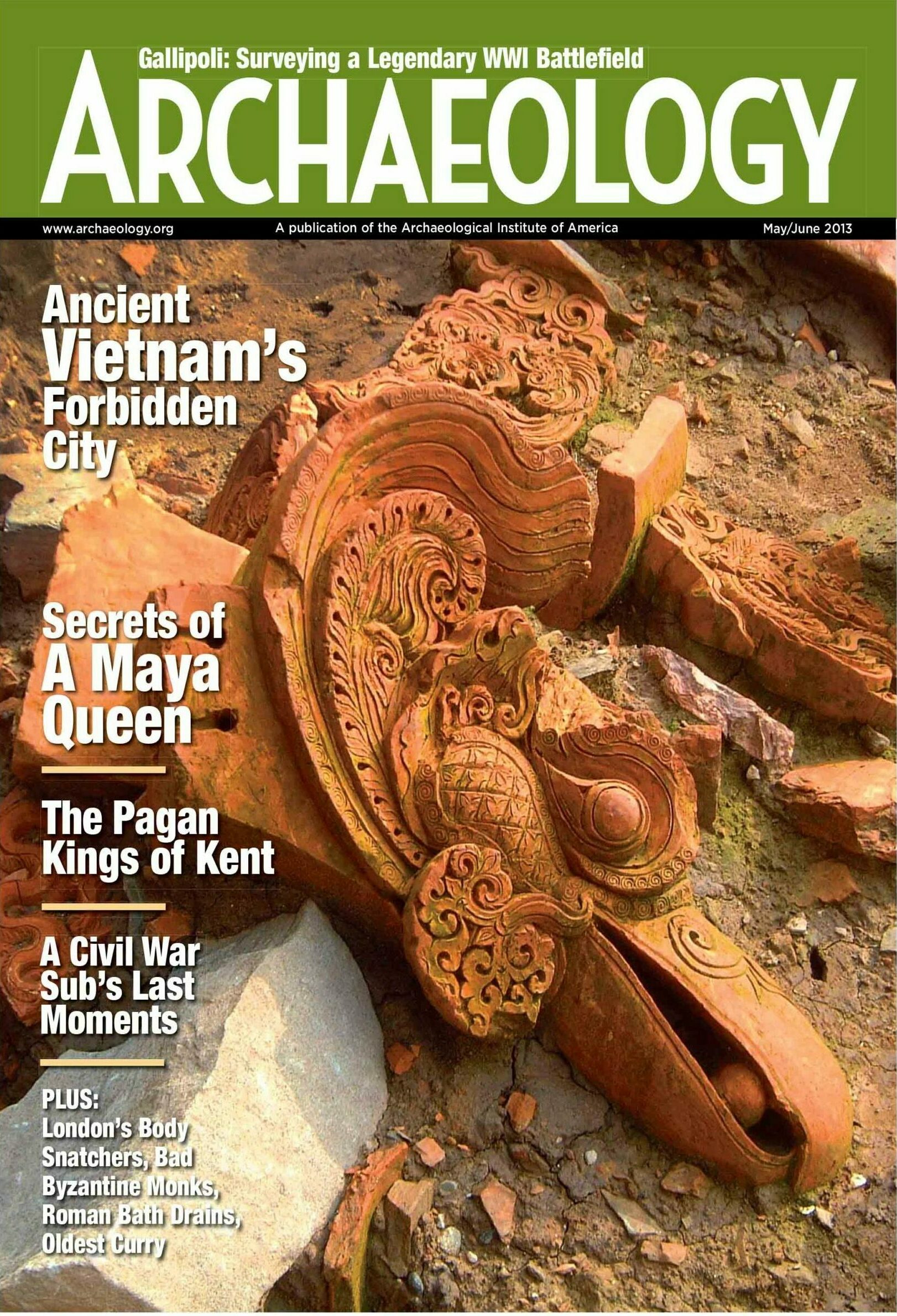
Letter from Turkey
Letter from Turkey
Anzac's Next Chapter
Archaeologists conduct the first-ever survey of the legendary WWI battlefield at Gallipoli

Artifact
Artifacts
Ancient Near Eastern Figurines
Ceramic figurines were part of a cache of objects found at an Iron Age temple uncovered at the site of Tel Motza outside Jerusalem

Digs & Discoveries
-
Digs & Discoveries
Albanian Fresco Fiasco
 (Courtesy Auron Tare)
(Courtesy Auron Tare) -
Digs & Discoveries
Visions of Valhalla
 (Courtesy Asger Kjærgaard)
(Courtesy Asger Kjærgaard) -
Digs & Discoveries
Archaic Engineers Worked on a Deadline
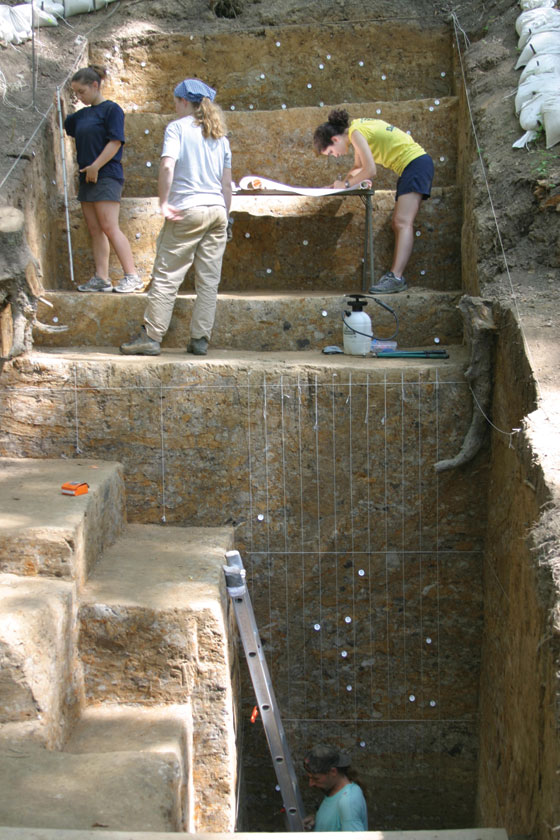 (Courtesy Anthony Ortmann)
(Courtesy Anthony Ortmann) -
Digs & Discoveries
Europe's First Farmers
 (Courtesy T. Douglas Price, University of Wisconsin-Madison)
(Courtesy T. Douglas Price, University of Wisconsin-Madison) -
Digs & Discoveries
A Pyramid Fit for a Vizier
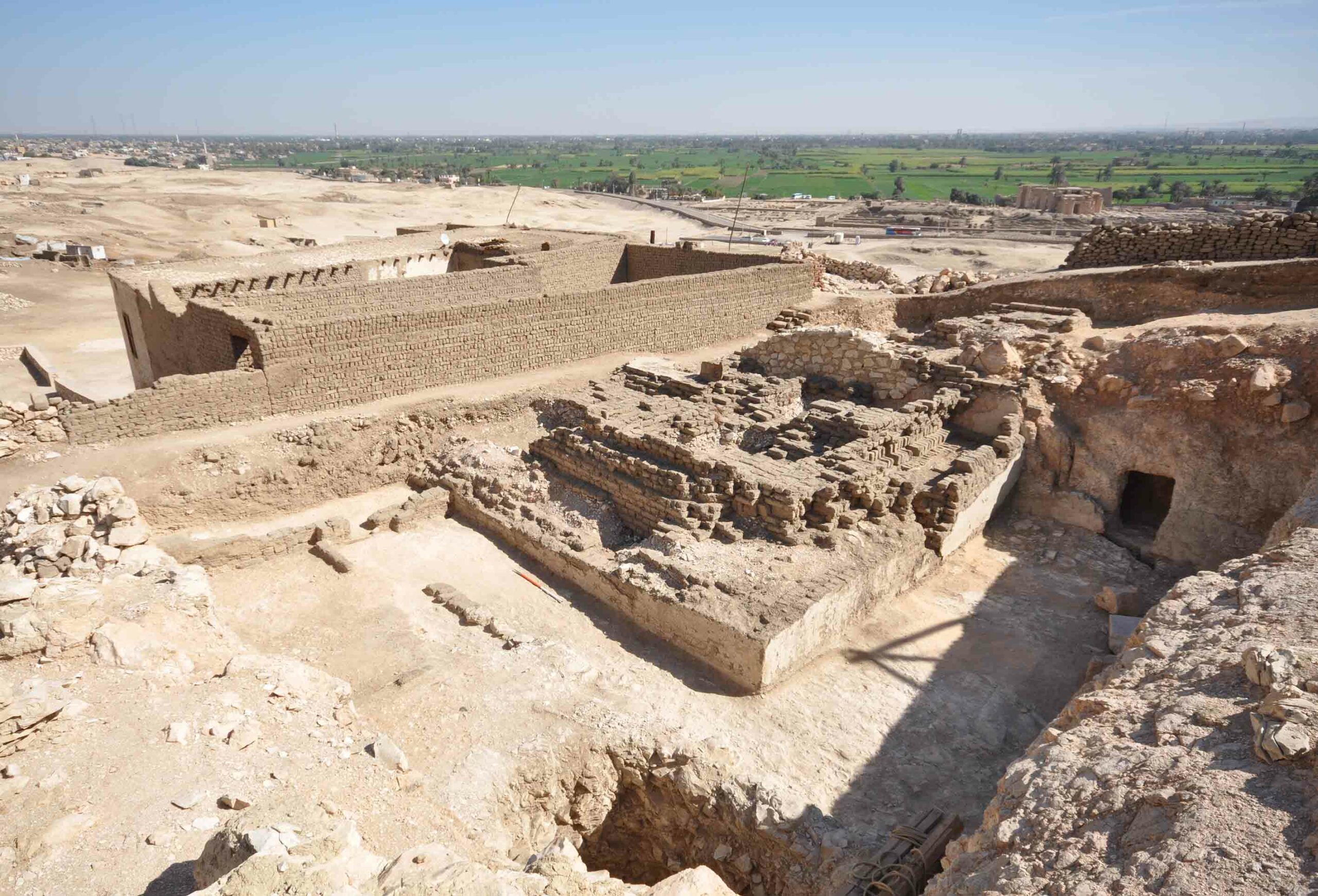 (Courtesy © Laurent Bavay/Université libre de Bruxelles)
(Courtesy © Laurent Bavay/Université libre de Bruxelles) -
Digs & Discoveries
Second to Whom?
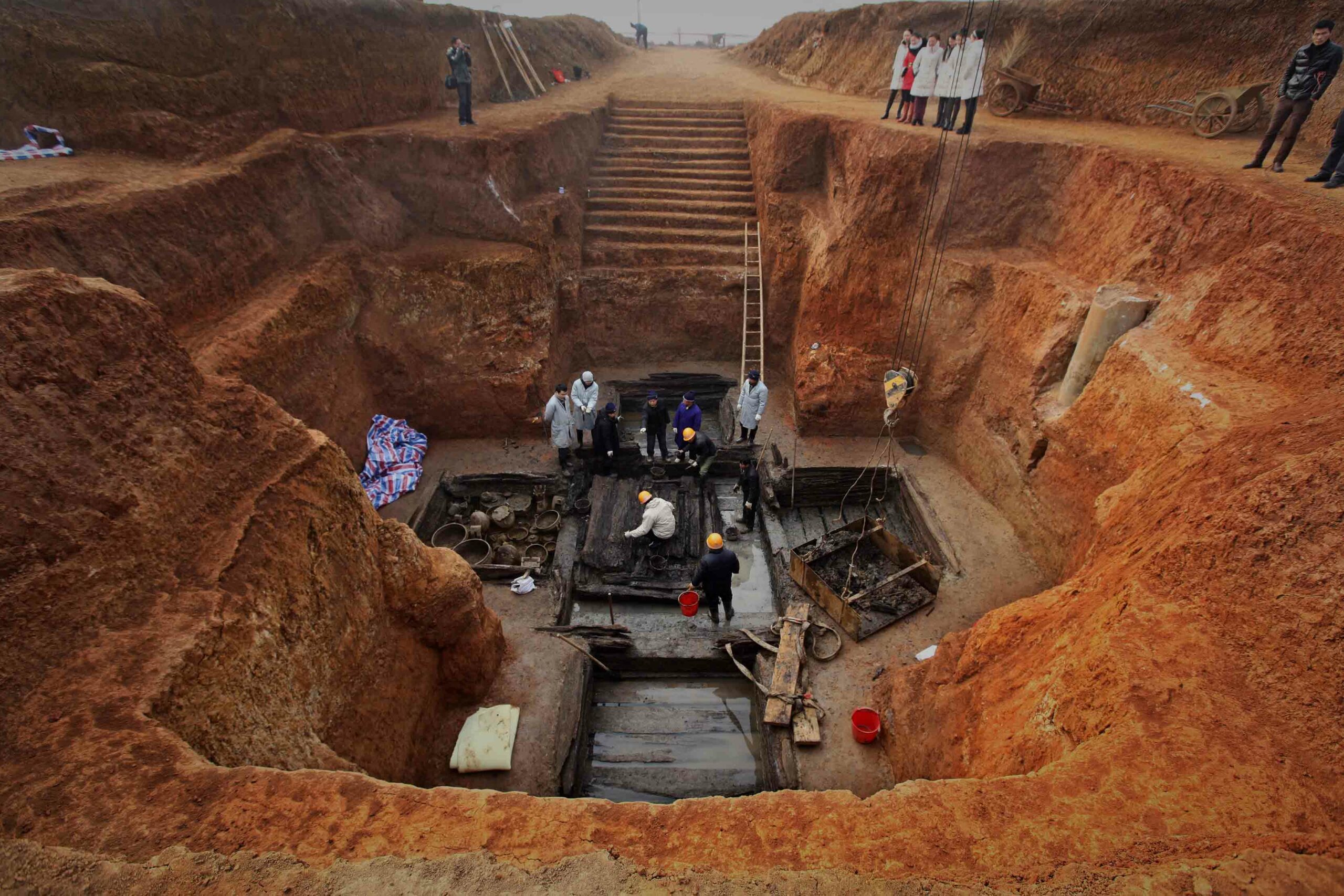 (Imaginechina)
(Imaginechina) -
Digs & Discoveries
Thracian Treasure Chest
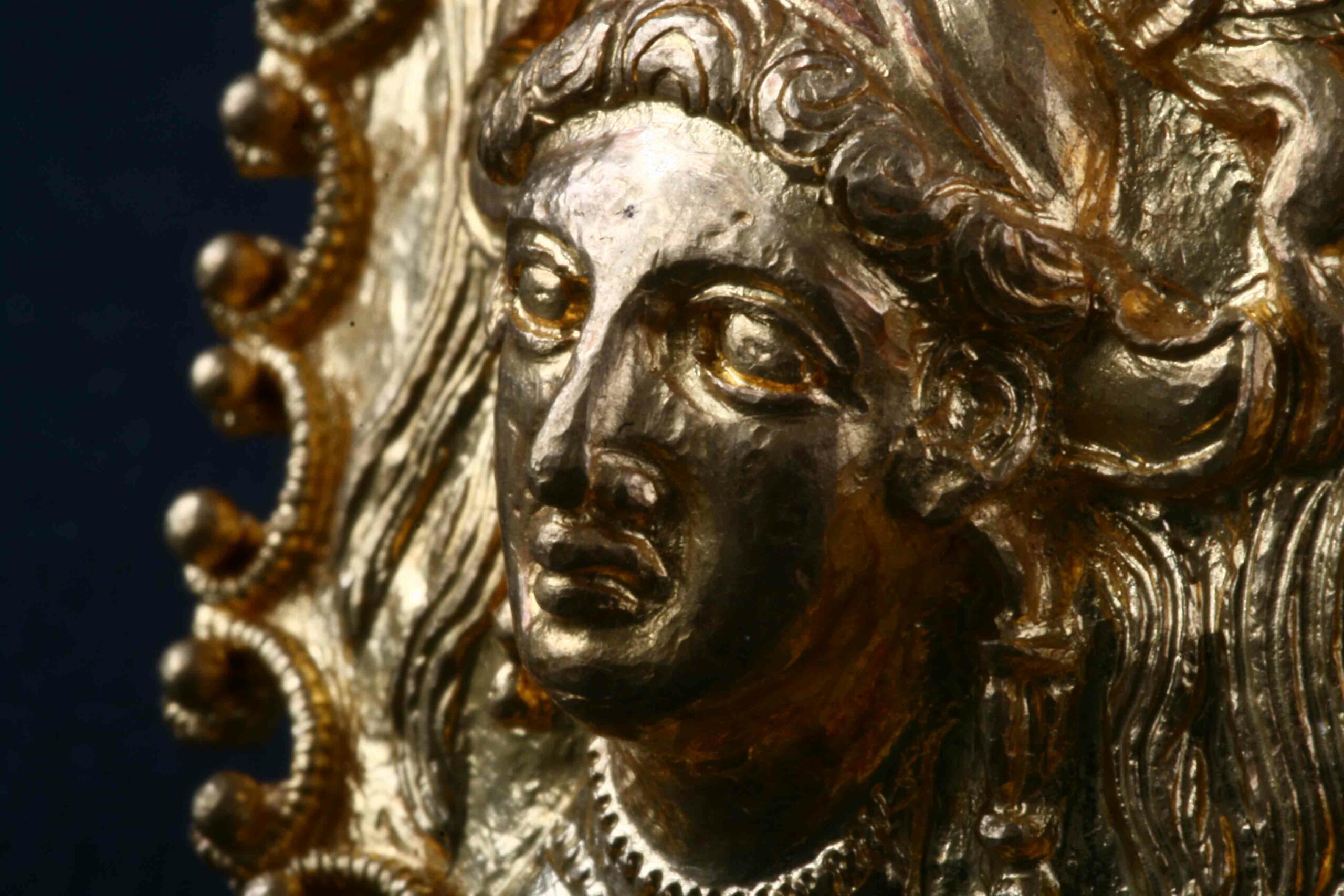 (Diana Gergova)
(Diana Gergova) -
Digs & Discoveries
A Major New Venue
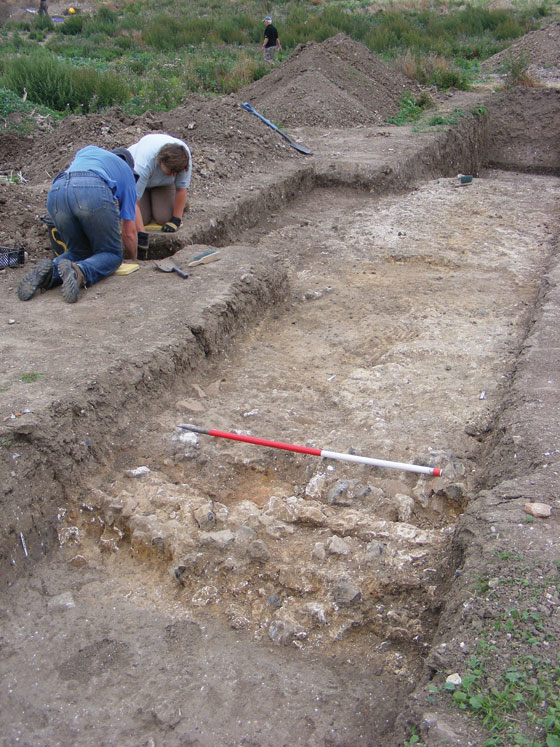 (Courtesy Paul Wilkinson, Kent Archaeological Field School)
(Courtesy Paul Wilkinson, Kent Archaeological Field School) -
Digs & Discoveries
A Killer Bacterium Expands Its Legacy
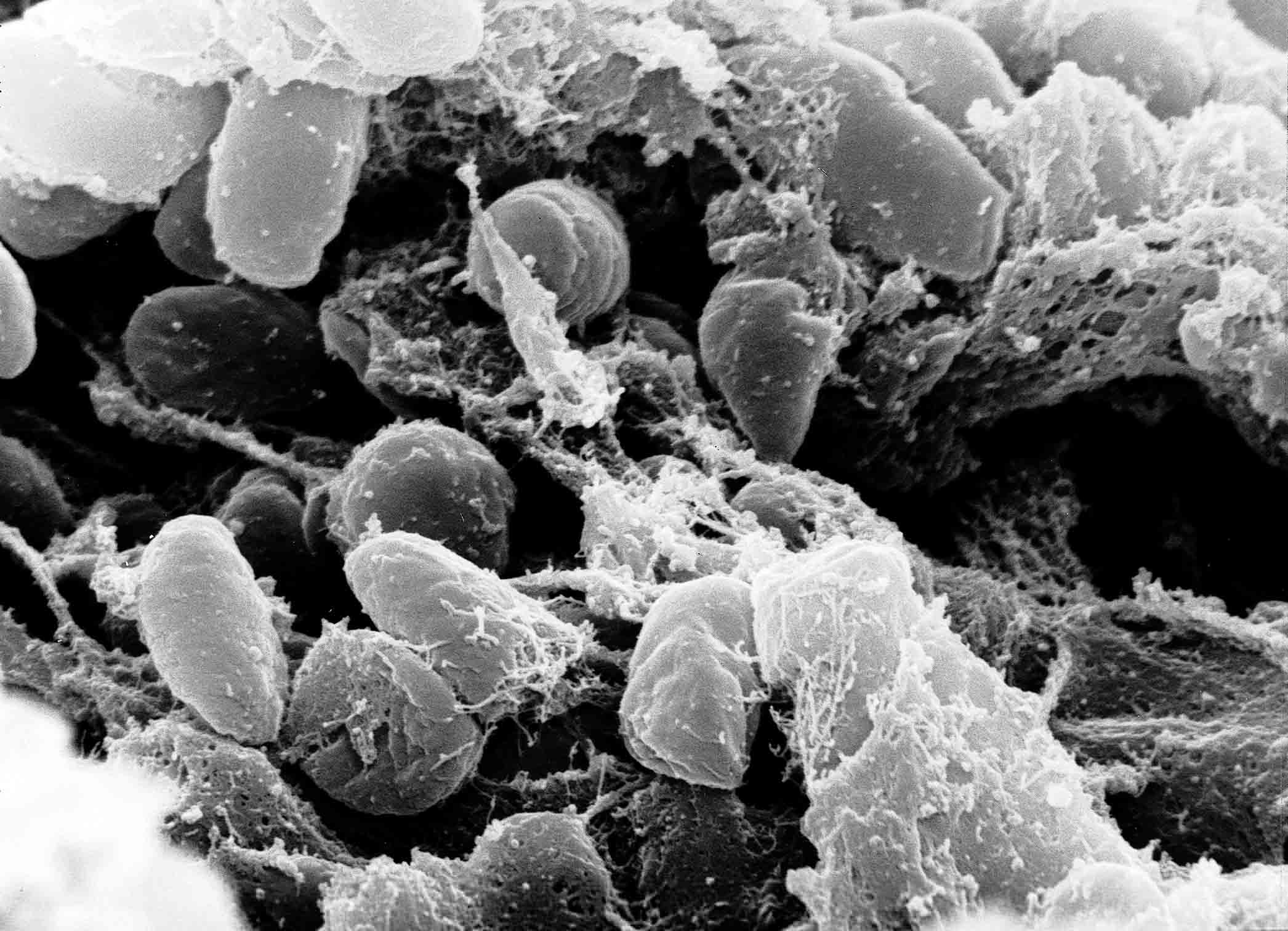 (Wikimedia Commons)
(Wikimedia Commons) -
Digs & Discoveries
Bad Monks at St. Stephen's
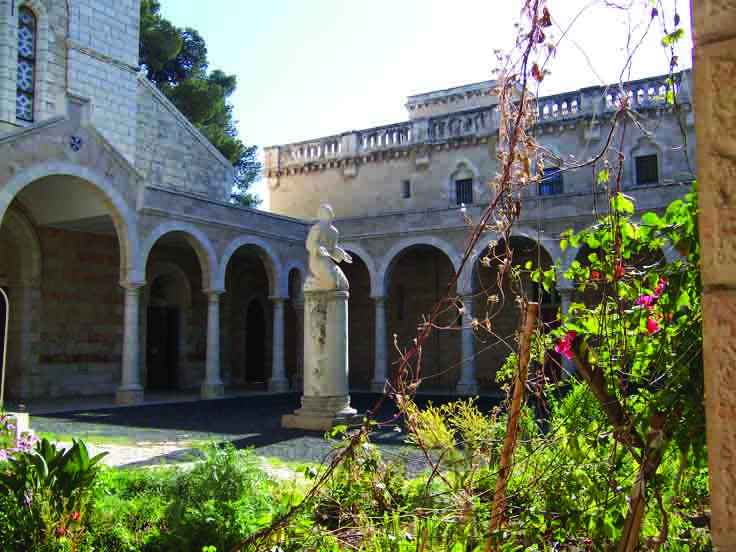 (Courtesy Lesley Gregoricka, Ohio State University)
(Courtesy Lesley Gregoricka, Ohio State University) -
Digs & Discoveries
Hail to the Bождь (Chieftain)
 (Courtesy Valentina Mordvintseva)
(Courtesy Valentina Mordvintseva) -
Digs & Discoveries
Oops! Down the Drain
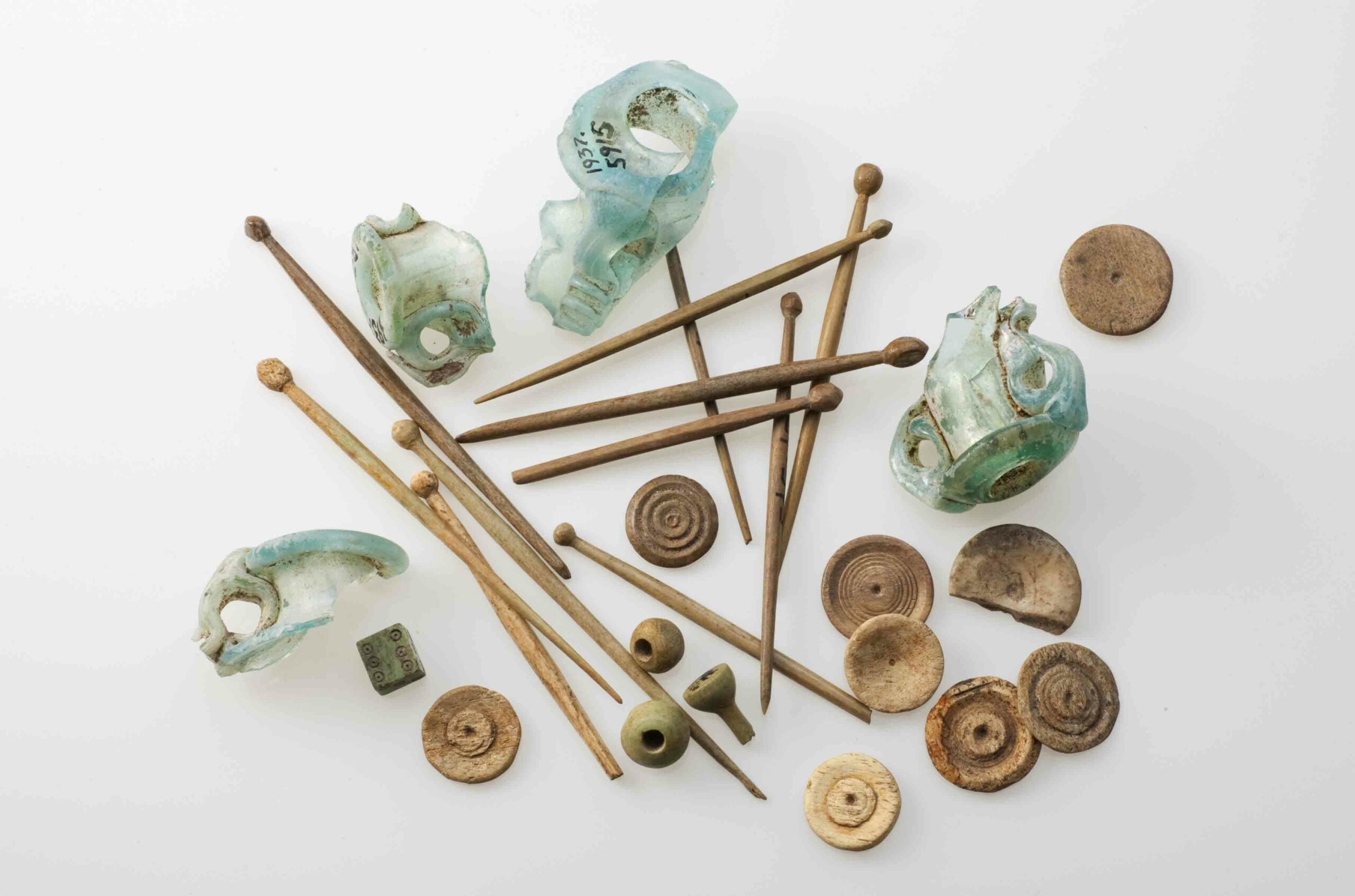 (Courtesy Susanne Schenker, © Augusta Raurica)
(Courtesy Susanne Schenker, © Augusta Raurica) -
Digs & Discoveries
From Egyptian Blue to Infrared
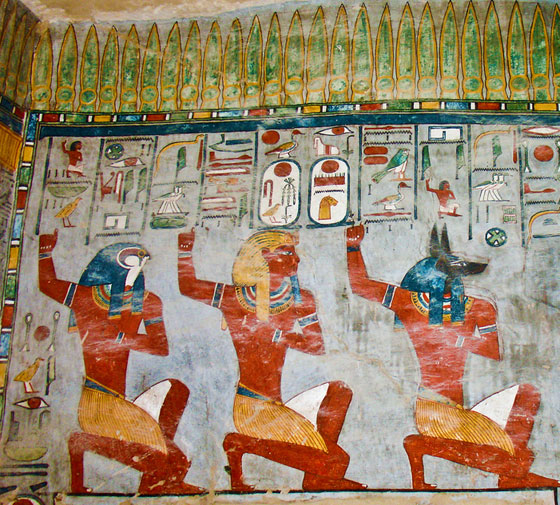 (Shutterstock)
(Shutterstock)
Off the Grid
Off the Grid May/June 2013
Russian Fort Elizabeth, Hawaii
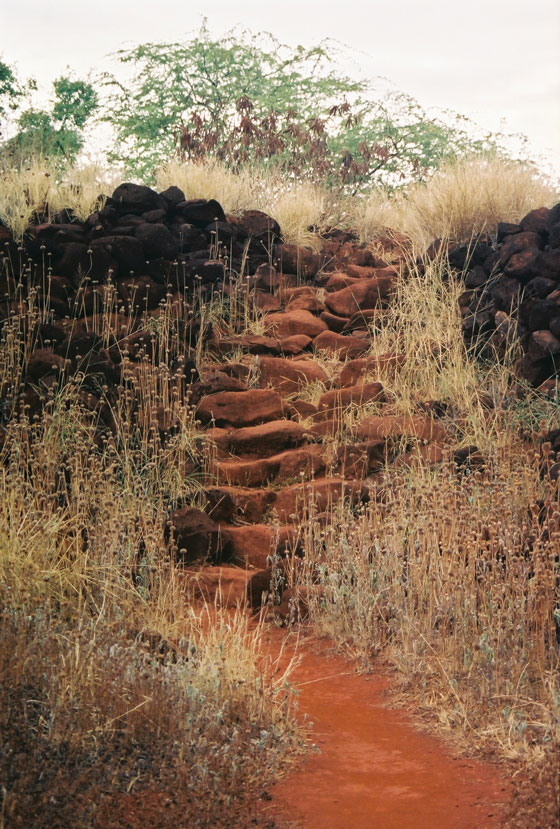
Around the World

AUSTRALIA

AUSTRALIA: Native Australians first arrived on the island continent more than 40,000 years ago. It has been widely believed that they were isolated, culturally and genetically, from the rest of the world prior to European contact in the 17th century. But there was always the question of who brought the dingo, which was introduced around 4,000 years ago. A new genetic analysis shows that there was actually substantial gene flow between India and Australia around this time, which also coincides with changes in tools and food-processing technology. —Samir S. Patel

INDIA

INDIA: Examination of faunal traces on ancient pots is a useful tool for understanding the diets of people thousands of years ago. The technique has now been used to trace curries—those staples of Indian cuisine—back to the Indus civilization, some 4,400 years ago. Using pots from the small Indus site of Farmana and teeth from a nearby cemetery, the researchers found evidence of cooked turmeric and ginger, two essential ingredients of curries even today. —Samir S. Patel
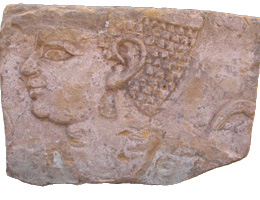
SUDAN

SUDAN: In the ancient city of Meroe in the kingdom of Kush, archaeologists have uncovered a relief of a smiling, carefully adorned woman. Indications of a slight double chin suggest that she carried a bit of extra weight, which is how royal women from Kush were often depicted. She could even be a queen or a princess, according to researchers, but determining that will require more study of the fragile palace where she was found. —Samir S. Patel

